I pass through University Park whenever I need a breather between the Latin Quarter and The Old Town. The lawns roll gently down to the lakes, and those mellow yellow brick buildings always photograph well.
For an easy way to connect the park’s stories with the rest of the city, explore with StoryHunt’s immersive audio walk.
What is the story behind University Park?

The park is the green heart of Aarhus University, planned from the 1930s by architects C. F. Møller, Kay Fisker, and Povl Stegmann. Their signature palette, yellow brick with copper roofs, sits low in the landscape so the park reads as one continuous room.
Paths, lakes, and an amphitheater stitch the campus together. I come for the calm, then stay for the light on brick.
Where is University Park and how do you get there?
North of the historic centre, the park sits between Nørrebrogade and Langelandsgade, about 15 to 20 minutes on foot from Strøget. I usually enter near the Natural History Museum and loop around the lakes.
Buses run along Nørre Boulevard, and cycling is effortless on campus paths. For a smooth, story-led approach, follow the StoryHunt audiowalk from the city centre.
What to see in University Park
Think gentle highlights rather than big museum moments. I like a clockwise loop around the lakes, then a pause by the amphitheater and the main quadrangles. The consistent materials make small details pop, brick patterns, copper patina, and reflections in the water.
Want the park to really click? Pair this stroll with StoryHunt’s audiowalk.
And do not miss:
- Lakes and footbridges for reflections
- Amphitheater and sloping lawns
- Yellow brick façades with copper roofs
- Natural History Museum by the park edge
Are the sheep still keeping the grass short?
No, this only happened in a short period of time, when the campus decided to have sheep in the park in order to have them graze the slopes. It was an ecological way to mow the plains, which fits the park’s gentle character.
Best time to visit University Park
Mornings bring soft light and bird song around the water, a lovely time for photos. Midday works for picnics, while late afternoon warms the brick and fills the lawns with students.
Winter is atmospheric with bare trees, and autumn turns the slopes gold.
Practical tips for first timers
This is an active campus, so move considerately and keep voices low near lecture halls. Benches are plentiful, but shade can be scarce on hot days, bring water.
Paths are mostly smooth for strollers and wheels. If you are photographing, watch for lens flare near the lakes.
For context on the architecture, open the StoryHunt audiowalk and walk the loop with narration.
Handy checklist:
- Enter near the Natural History Museum for easy orientation
- Loop clockwise to keep the lakes on your right
- Pack layers, sea breezes carry up to the park
Is it worth seeing University Park?
Yes, if you like calm design, coherent architecture, and a local slice of student life. It is subtle rather than spectacular, so visitors craving blockbuster attractions may prefer ARoS. The value comes from the ensemble, landscape and buildings in quiet conversation.
I rate it highly as a restorative stop that photographs beautifully. Add StoryHunt’s audiowalk to unlock the backstory as you go.
What else is nearby University Park?
You are close to a tidy cluster of famous sights in Aarhus.
- The Botanical Garden with the Greenhouses is a nice all-weather option.
- The Old Town open-air museum for time travel streets.
- ARoS sits a pleasant stroll away for contemporary art and rooftop views.
Stitch them together with StoryHunt’s immersive audiowalk for a seamless day.
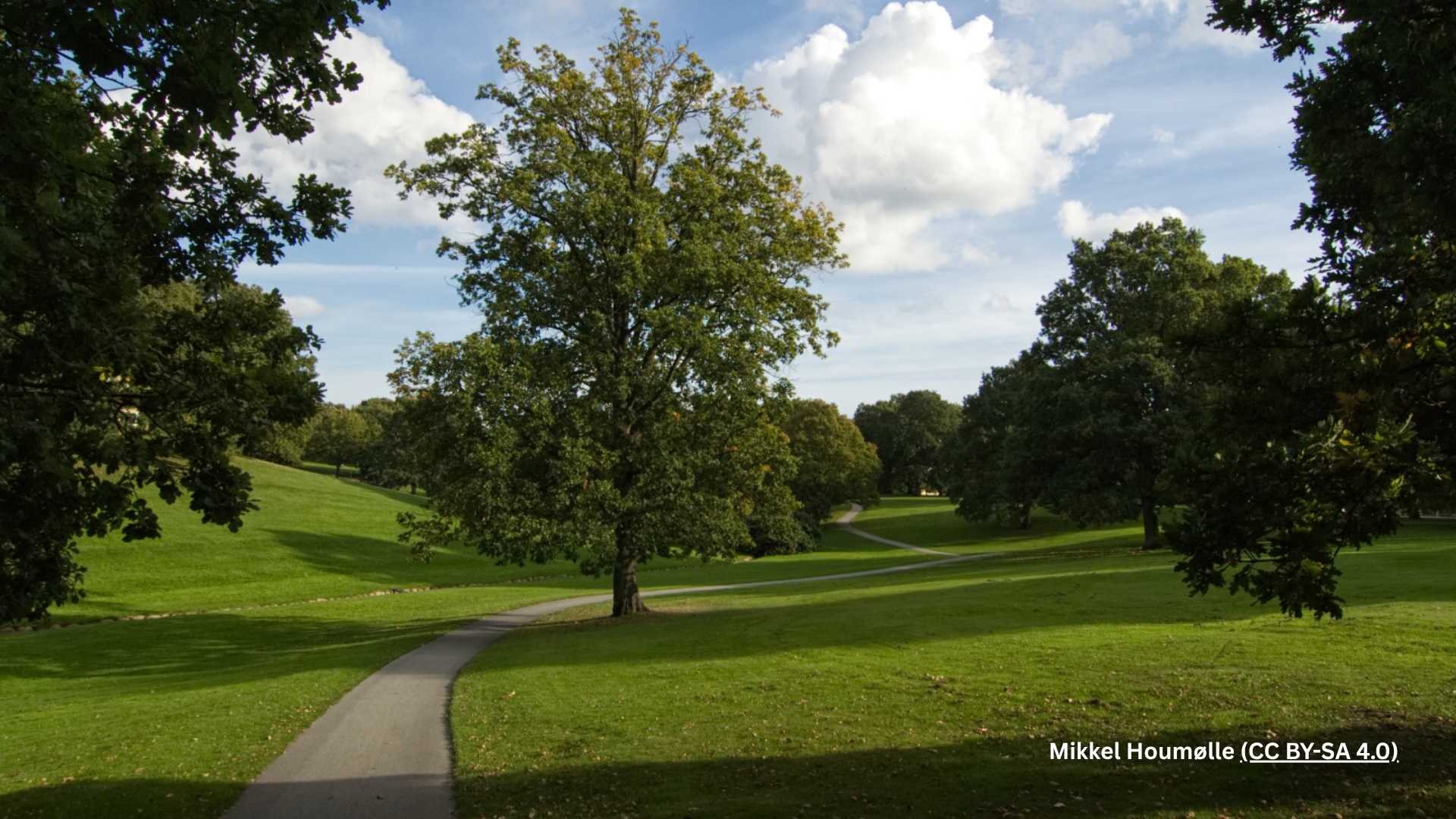
.webp)

.jpeg)

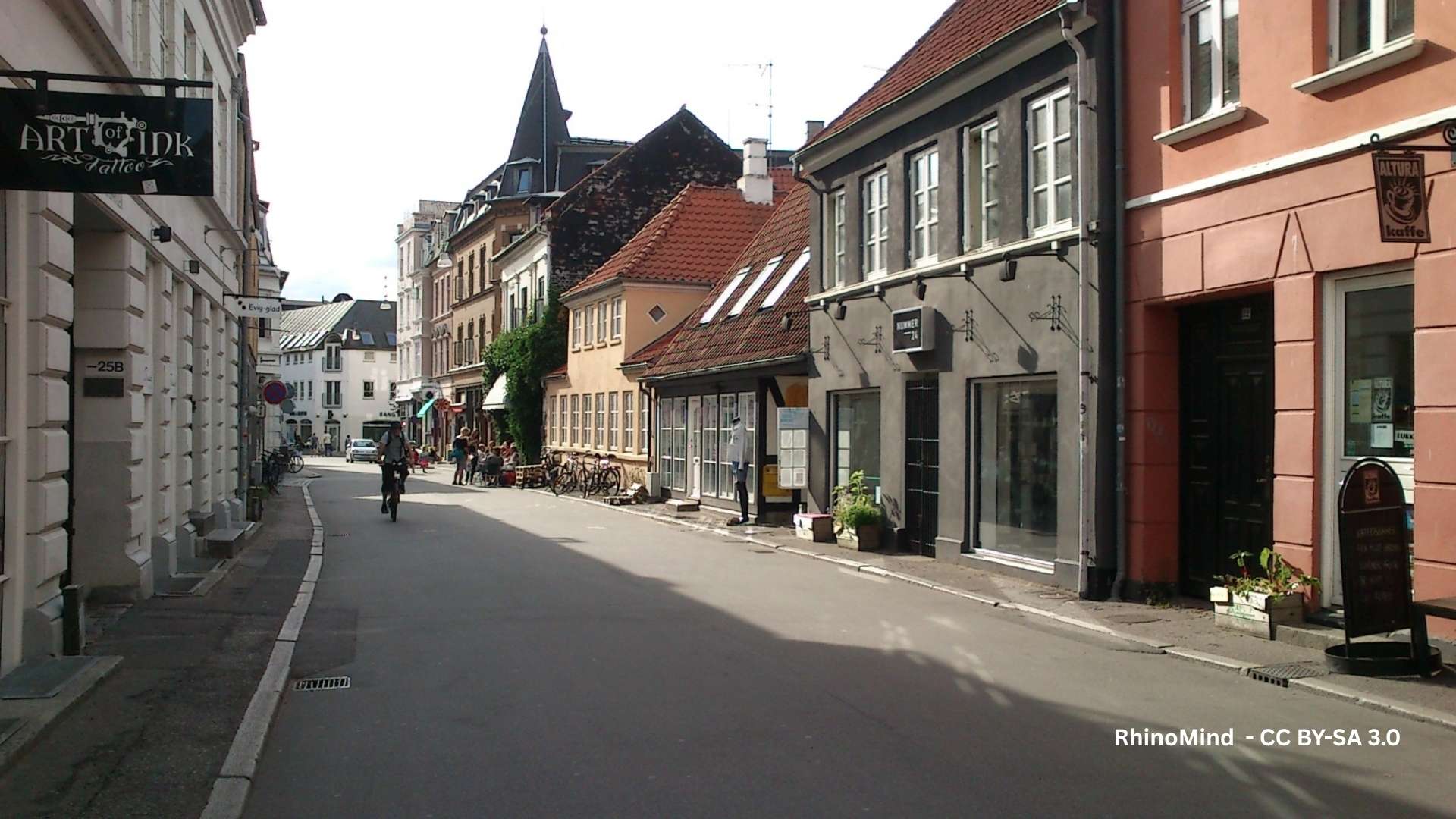
.jpg)




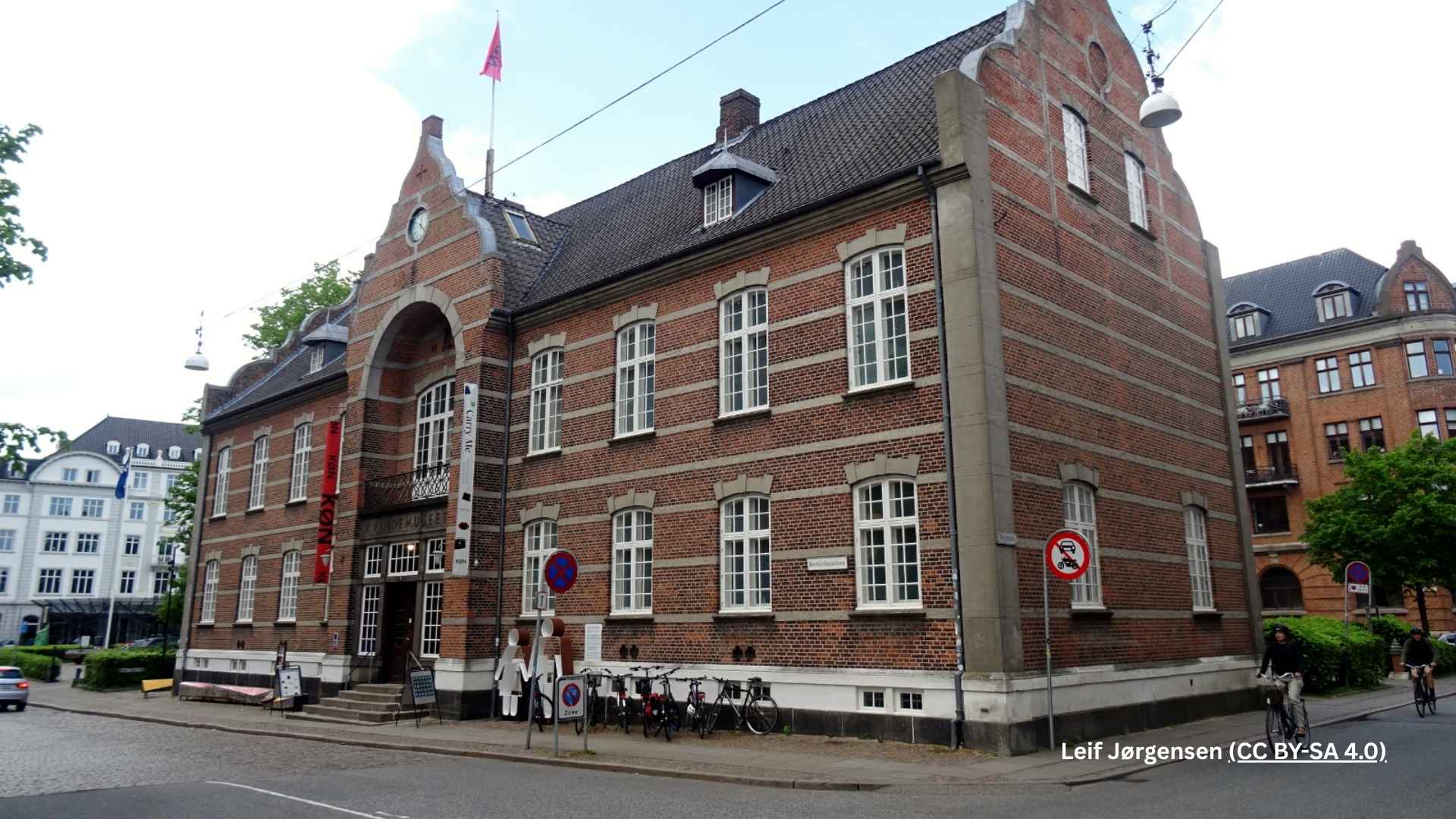
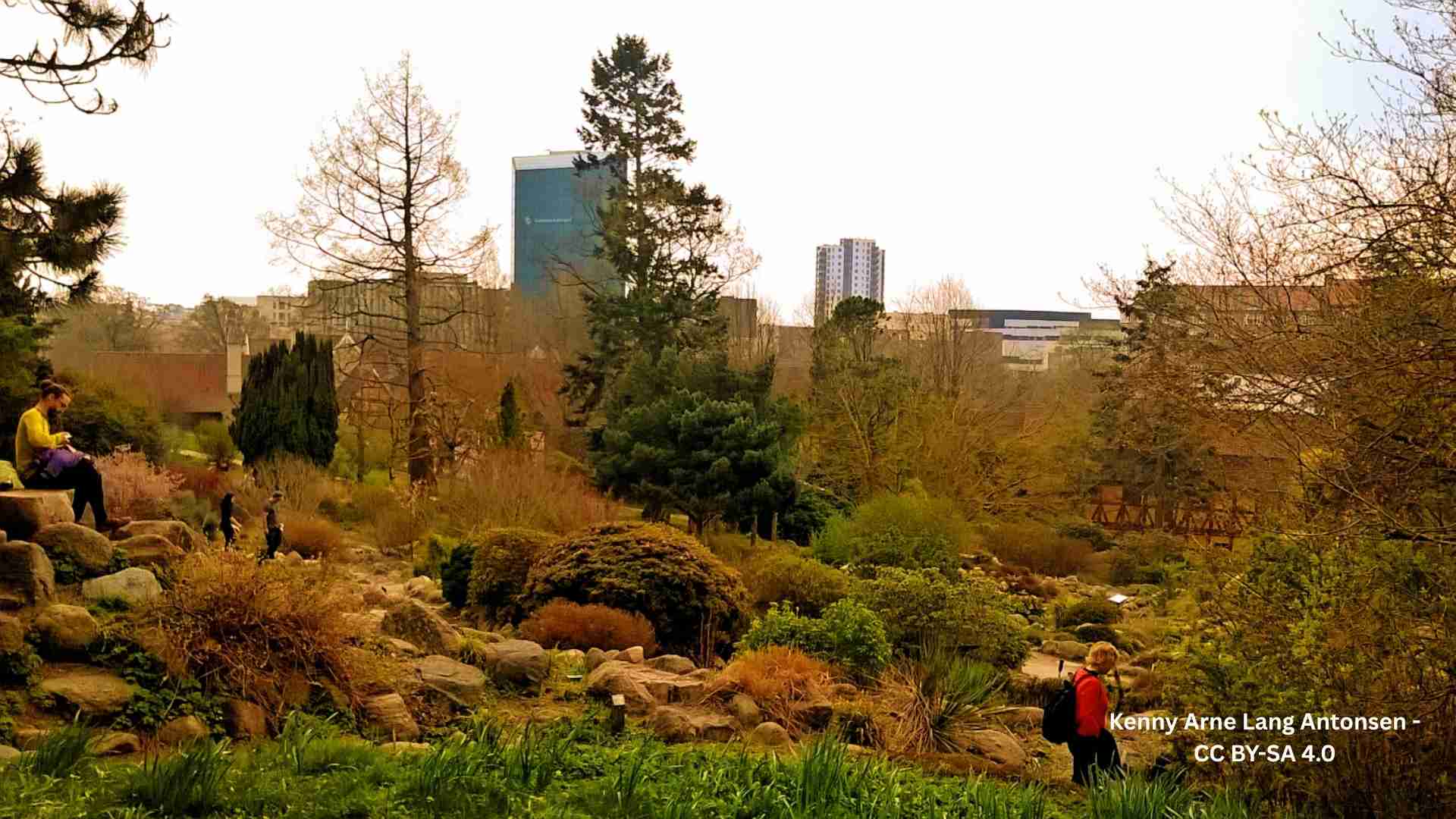

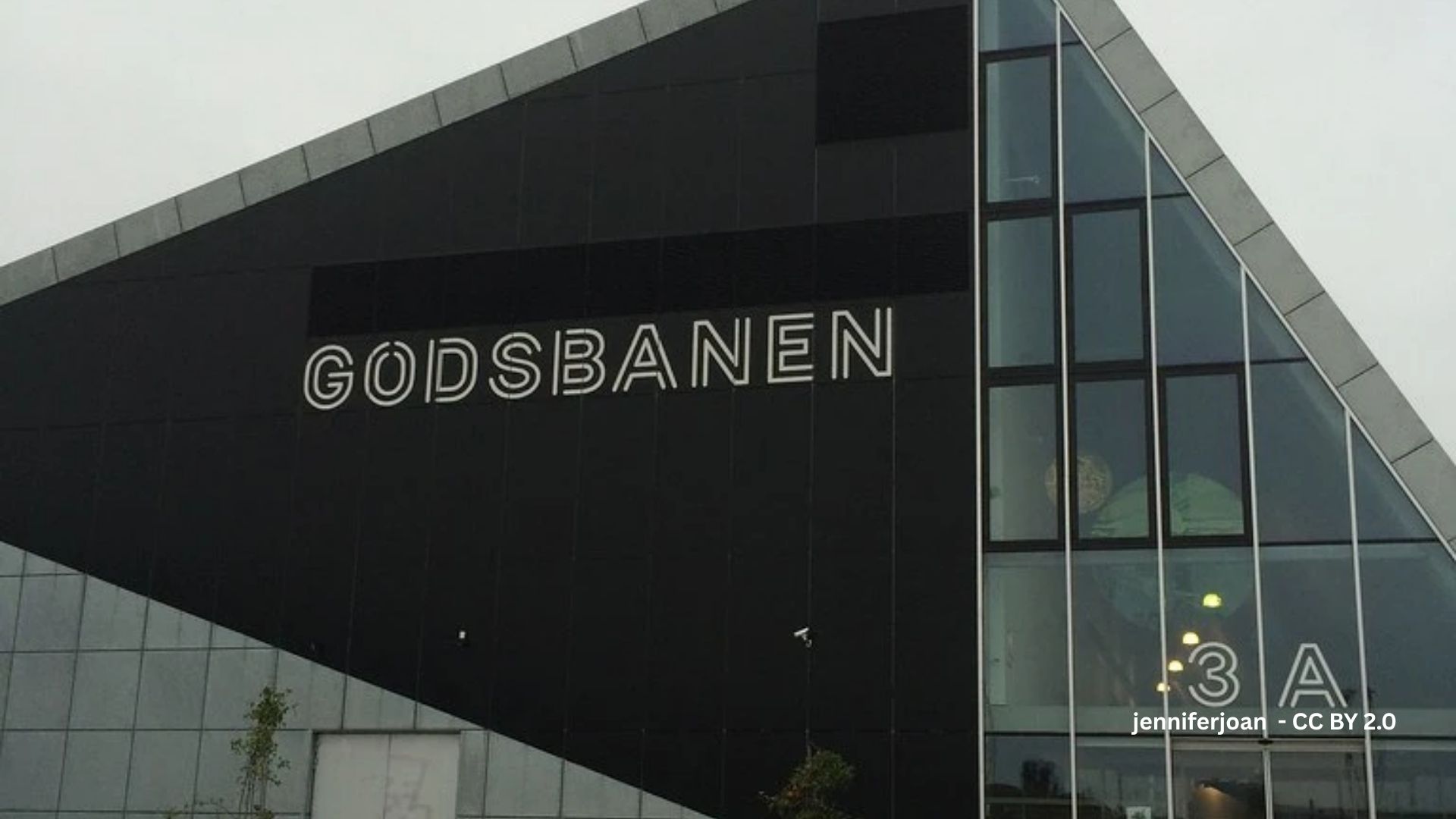

.avif)





